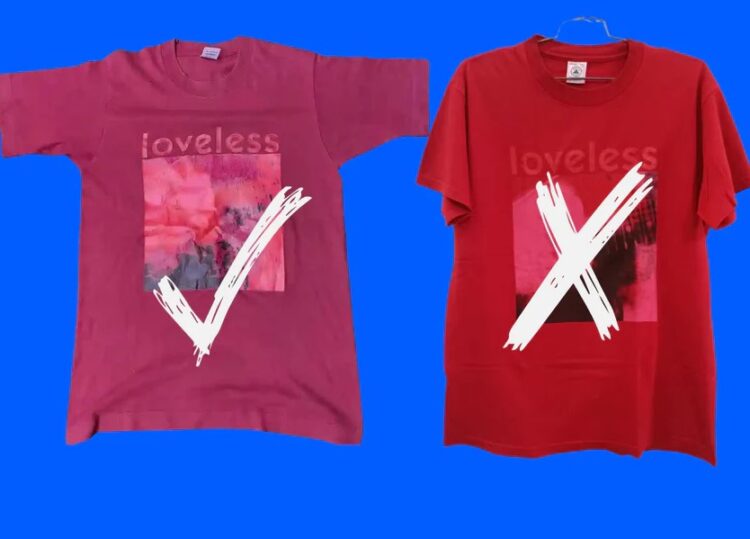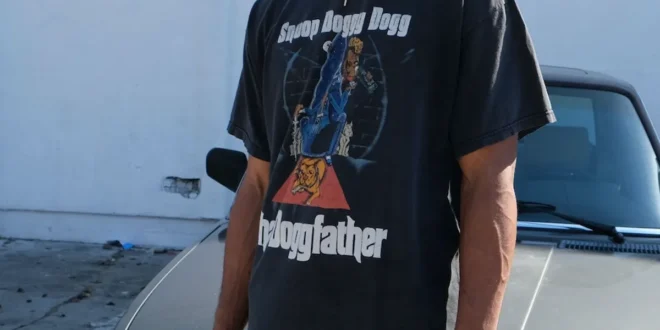The allure of vintage clothing—particularly vintage T-shirts—is undeniable. With their old-school graphics, soft well-worn cotton, and often the narrative of history behind them, classic T-shirts are a popular choice for those wanting to express individuality. But, with popularity comes imitation, making it challenging to discern genuine vintage from repros.
Let’s delve into the world of clothing spotting with six handy tips to ensure you’re investing in the real deal. This article will be your one-stop vintage T shirt guide so that you never again have to guess whether a shirt is a classic or not.
1. Check the Label
The shirt’s label can reveal a lot about its age. Vintage shirts from the 70s or 80s often come from brands that no longer exist or have changed their logos since. Familiarize yourself with old-school labels. If the tag looks too new or is printed instead of sewn-in, be skeptical.
2. Look at the Stitching
Vintage shirts often have single stitching across the bottom hem, a characteristic that’s less common in modern tees. Double stitching might indicate a newer item. However, remember, some authentic vintage shirts might’ve been altered or repaired over the years.
3. Examine the Print Quality
Older shirts used a different method of screen printing compared to modern digital techniques. Vintage graphics tend to have a softer feel and might show signs of cracking or fading. If the design looks super sharp or feels thick and rubbery, you might be dealing with a newer print.

4. Feel the Fabric
Authentic vintage T-shirts, especially those from the 70s and 80s, have a distinctive softness from years of washing and wear. Newer repros, even if stone-washed, can’t replicate this genuine feel. The fabric’s thickness can also be a clue; vintage tees tend to be thinner.
5. Check for Any Distress or Wear
While not a definitive marker (because a well-kept shirt might have minimal wear), genuine vintage tees might exhibit natural wear and tear. This can be slight yellowing, small holes, or faded areas. Reproductions will often try to mimic this, but it often looks too uniform or deliberate.
6. Research the History
If you find a shirt with a specific band, event, or date on it, do a quick internet search. If the tee claims to be from a 1979 concert, but that band wasn’t touring that year, you’ve got a fake. Always cross-check any specific information.

7. Consider the Price and Seller’s Reputation
Just as with any collectible, the price can be a telltale sign of authenticity. Genuine vintage T-shirts, especially sought-after designs or those from iconic events, might come with a higher price tag. While this isn’t a surefire method—some sellers might inflate prices to give the illusion of value—it’s essential to be wary of deals that seem too good to be true.
Moreover, buy from reputable sellers or platforms where reviews and feedback are available.
Final Words
Sourcing genuine vintage T-shirts can be an exciting endeavor, but it requires a keen eye and some knowledge. By examining labels, stitching, prints, and fabrics, and by staying informed, you can ensure that you’re adding an authentic piece to your collection. Wear your vintage with pride, knowing you’ve got the real deal!
 Hi Boox Popular Magazine 2024
Hi Boox Popular Magazine 2024



